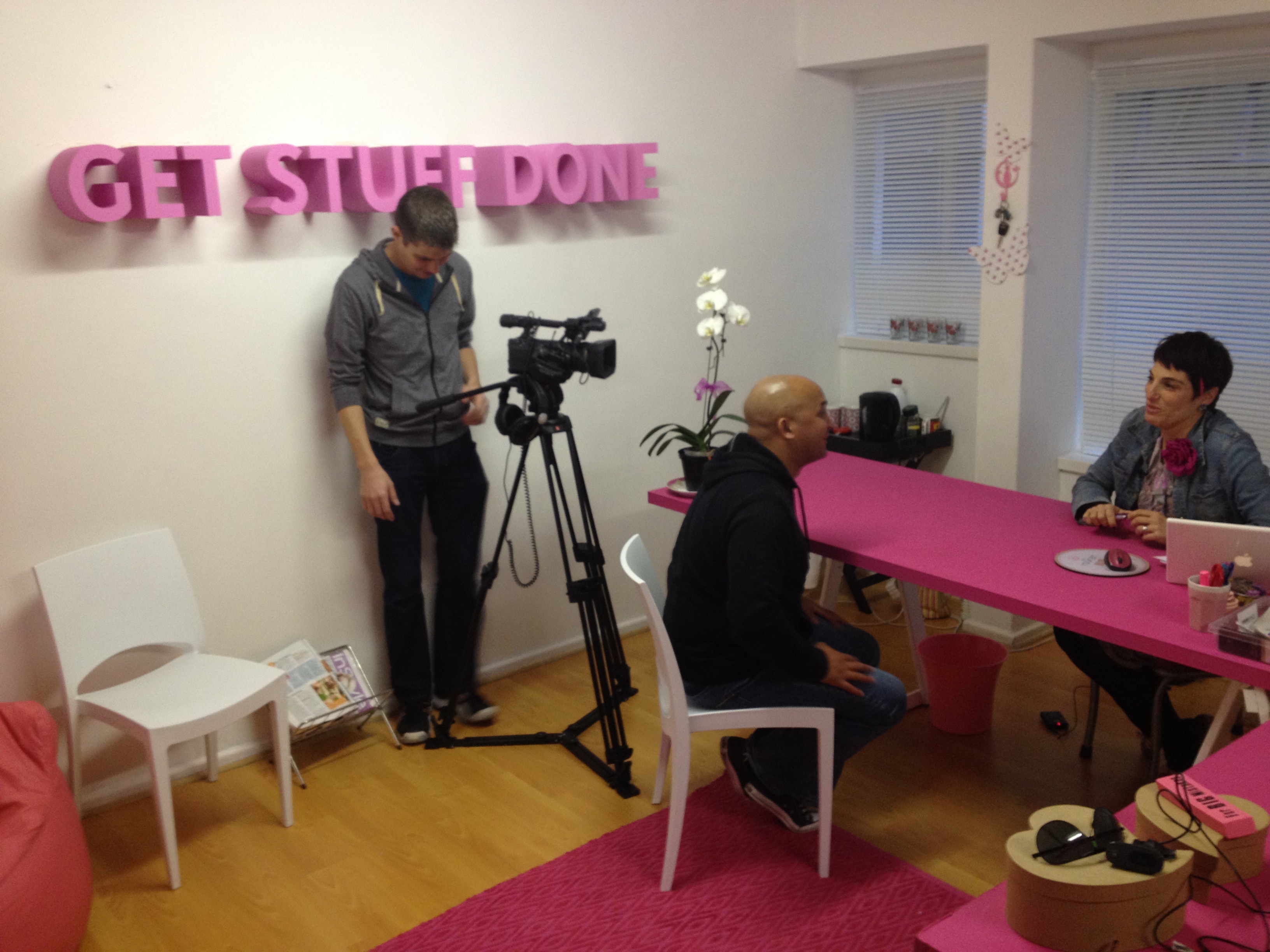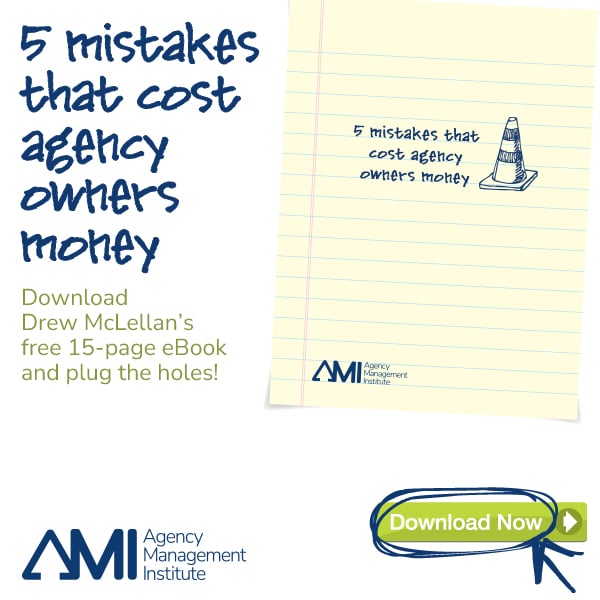In a recent article in The Wall Street Journal, 4As President and CEO Nancy Hill commented on the talent crisis in the agency world that Unilever’s Keith Weed mentioned at Cannes Lions. Hill argued that top talent can’t afford to work for advertising agencies — where entry-level salaries are often less than their student debt load — and that client demands have created an economic environment that makes it impossible for agencies to compete with companies like Google and Microsoft for the most creative young professionals.
The agency talent problem won’t be solved by throwing money at new hires — nor is it reasonable to expect clients to pay high-level fees for entry-level work.
Yes, clients hold agencies hostage with cumbersome payment processes and the disintegration of the agency-of-record model, but as long as your agency is paying industry standard or better, you should be able to find good people who want to work in an agency.
There isn’t a lack of talent, merely a lack of time. People seek agency jobs for many reasons, and salary is only part of it. They like flexing their creative muscles, solving business challenges, working on a variety of accounts and projects, and collaborating with smart, creative individuals. These are the people you want to employ.
The real problem isn’t that talent can’t afford to work for an agency. The problem is that most agencies look for an employee three months after they need one. The people hungry to work in agencies are out there, but you need to give yourself time to find them.
When your agency signs a big client and you’re pressed to lighten the load, you often rush into hiring someone who may not be the best fit. You may be looking for specific skills or experience but not have the time to vet candidates’ culture fit or test them to verify they possess the skills their resumes and portfolios suggest. As a result, you end up with someone who may or may not have the chops for the job or whose personality, values, and work ethic are misaligned with your agency’s values.
There’s also little time in most agencies for employee onboarding and training. Most agencies’ training process goes something like, “Hi, nice to meet you. Here’s the bathroom. You have a client meeting in 20 minutes.”
Agencies Can Make Better Hires. Instead of scrambling to desperately fill a void, you should actively recruit year-round so you always know who your next hire will be. The key to finding the right people is to form relationships with potential hires before you need them.
Here’s how you can constantly recruit agency talent
1. Have an effective internship program. Your internship program should teach interns the business and allow you to test-drive promising talent.
2. Be active in local advertising clubs. Keep an eye out for superstars in advertising clubs such as Ad Pros and AMA.
3. Stay in touch with potential hires. Stay connected with people you’d like to have on staff. A few times a year, email them updates on the agency’s growth and vision.
4. Conduct informal interviews. Even if you’re not actively hiring, you should invite candidates with good portfolios for coffee to establish a relationship.
5. Create a strong culture. Creating a culture that agency people want to be part of is some of the best recruitment you can do. Plus, happy employees can recruit for you by attracting talent from their circles and spreading the word about job opportunities.
6. Be mindful of what the corporate side offers and counter it. Job seekers can make more money on the client side with corporations. But your agency probably offers more reasonable hours, better benefits, and profit sharing. You may not be able to match salaries, but you can get creative with benefits, flex time, and other perks that will make corporate life less appealing.
Getting bodies in chairs isn’t hard, but attracting the right talent is. That’s why you must be proactive about seeking promising candidates, whether or not you have an open position. You want people who are hungry for agency life — not people who need to be bought.
This article was written by Drew McLellan and first appeared on MediaPost.






